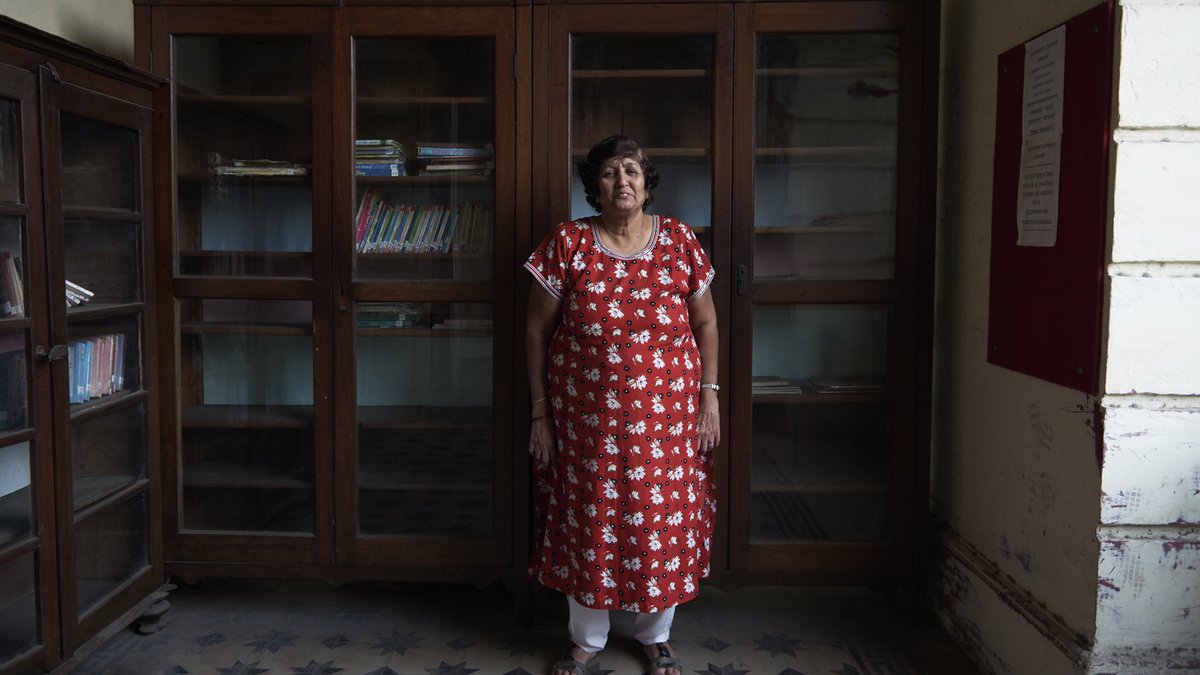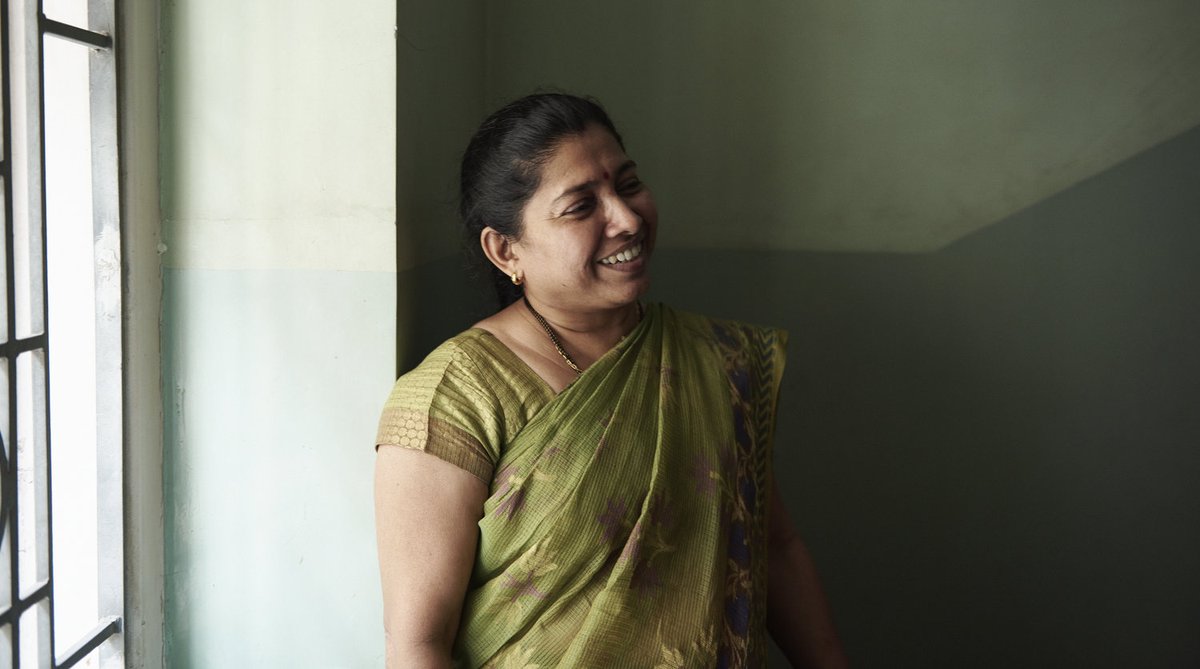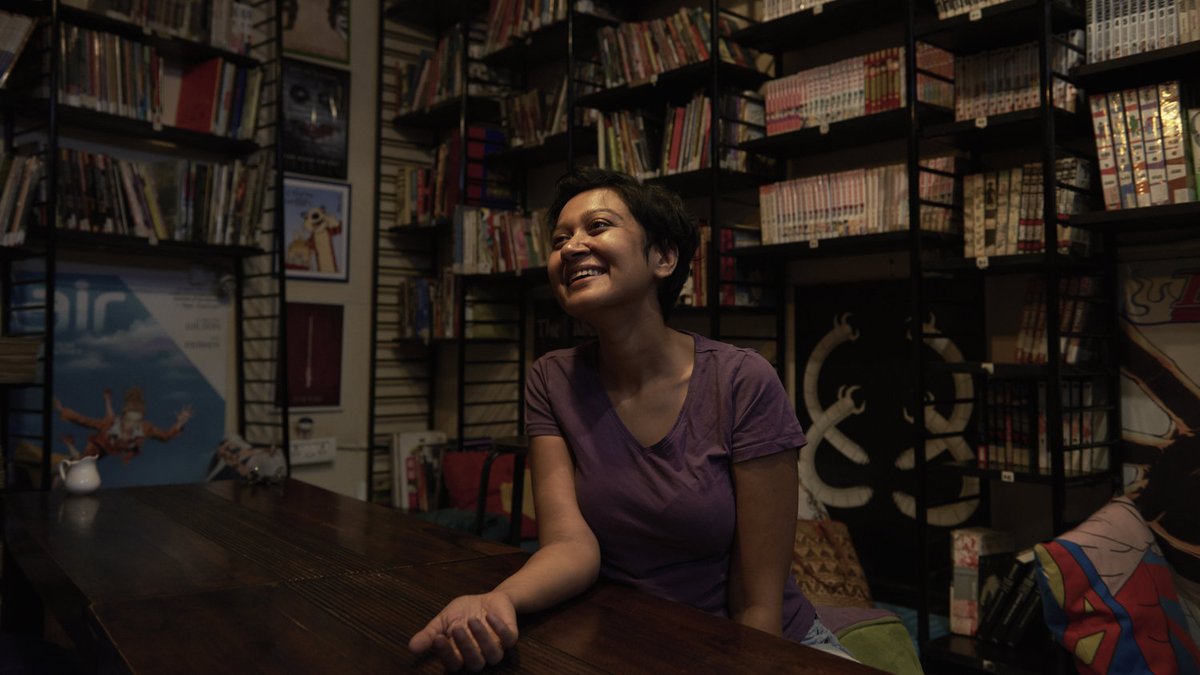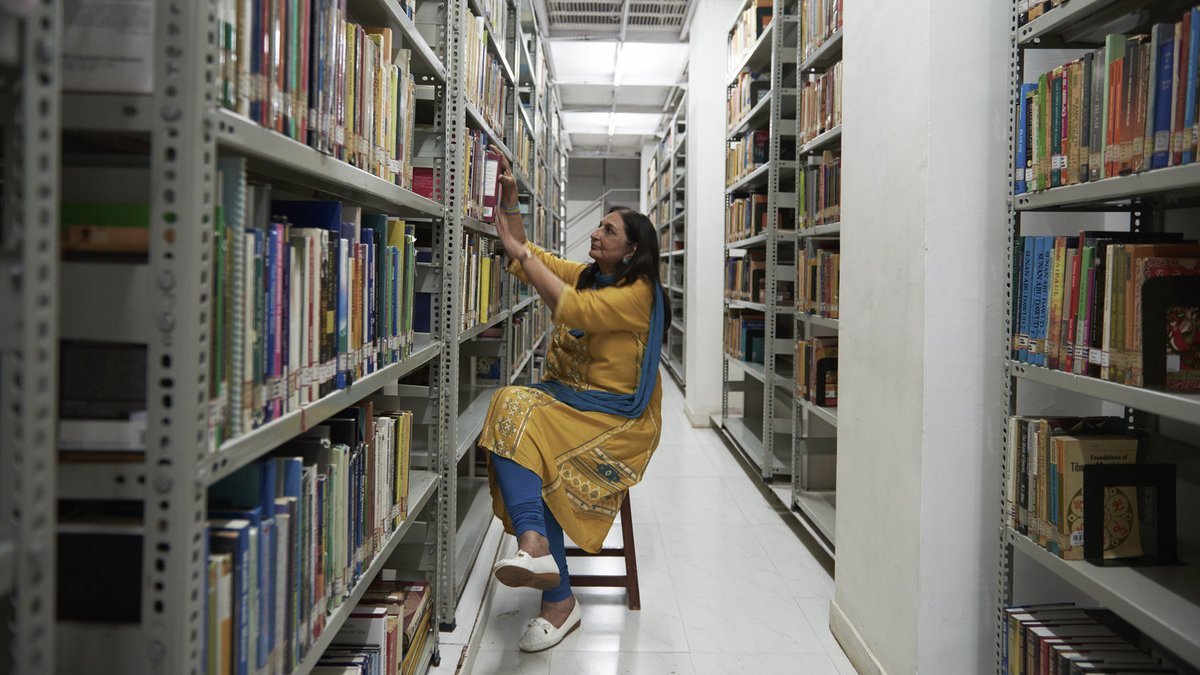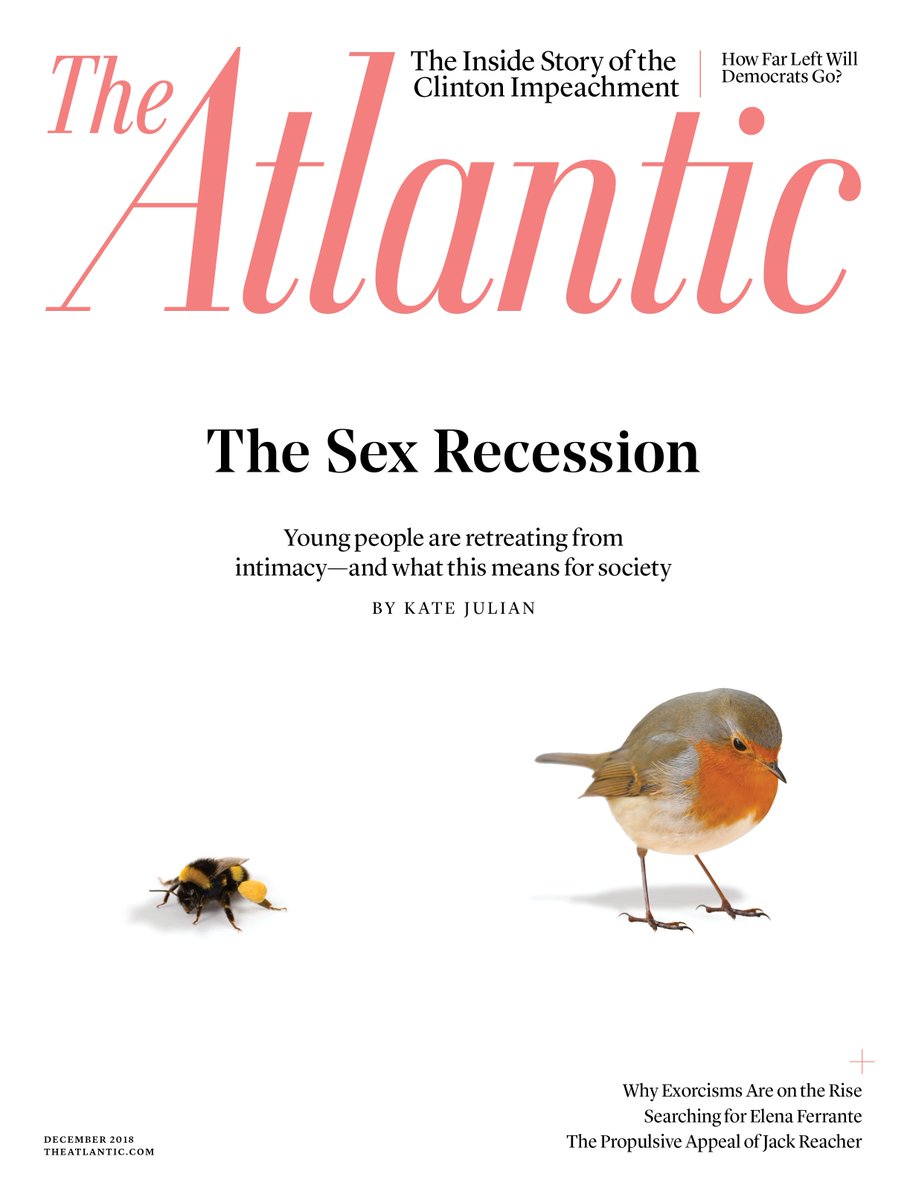Amazing news. Our team @JennerInstitute are so pleased to see this!
A few quick responses to some pointing out it could be even better (more/cheaper/single-dose) 1/
The first shipment of 1 million doses of the #OxfordAstraZeneca vaccine from the @SerumInstIndia is on the way to @ortambo_int
— South African Government (@GovernmentZA) January 31, 2021
The shipment left the Chhatrapati Shivaji Maharaj International Airport in Mumbai today and will arrive in South Africa on 1 February 2021.#COVID19 pic.twitter.com/lTw1EtGi0d
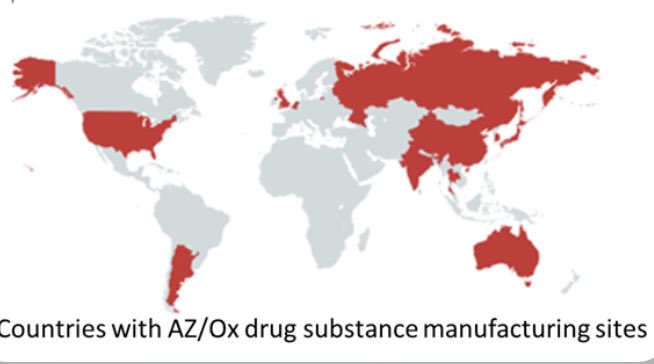
We & @AstraZeneca worked all year in anticipation of this scarcity & nationalism. We developed a strategy which gives as many countries / regions as possible control over their own supply AND aims to provide vaccine for export. 2/
— Sandy Douglas (@sandyddouglas) January 30, 2021






